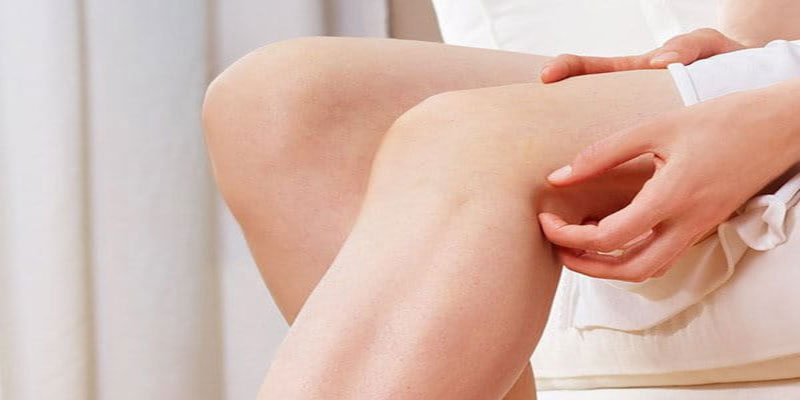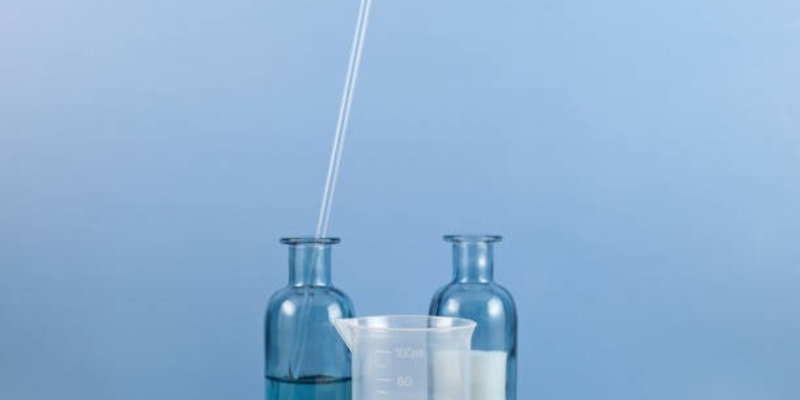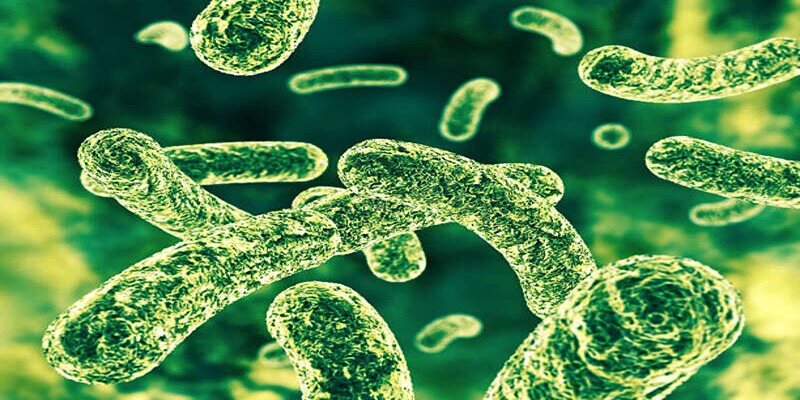Weather and underlying medical issues are only two of the numerous potential reasons of ashy skin. Dry skin, often known as ashy skin, might affect the body's distinct areas.
Dry skin may be more than a slight inconvenience for some people. Some people may have unpleasant symptoms, including itching, cracking, or burning.
Let's look at what might cause your skin to become grey, how to fix it, and how to avoid it in the first place. Methods that may be used on a regular basis to aid in the preservation of supple skin will also be discussed.
What's Ashy Skin?

The appearance of dry skin on persons of colour is sometimes described as "ashy skin." People of all skin tones indeed have dry skin. If your skin is ashy, you may see changes like these.
- It has a drab, ashy colour
- Feels rough or lumpy to the touch
- has thin, cracked lines, especially on knees or elbows
Cracked, bleeding, flaking, or peeling skin may also appear, depending on how dry your skin is. A lack of self-care is not reflected in having ashy skin. Even with care, some people may experience skin that appears ashy.
What Factors Lead To Ashy Skin?
Ashy skin is a sign of dehydration, which occurs when your skin is not receiving enough water. The skin it affects is rather generalized. Also typical is dry, ashy skin on the face, arms, and legs. Environmental factors are the most common cause of ashy skin. All of the following are included under this category:
- Very cold and dry weather, as reported by a reliable source
- extended submersion in hot water
- Detergents, soaps, and other personal care items that are full of toxic ingredients
How to Remedy Dull, Ashy Skin

If your ashy skin is due to dryness, you may address it by taking a few extra precautions with your regular skincare routine. To combat your ashy complexion, try one of the following at-home treatments.
Alter Your Bathing Routine
Take shorter showers or baths with warm or lukewarm water (rather than very hot water) and reduce the total amount of time you spend in the tub or shower. Think about using a different shower gel, shampoo, and conditioner if they include any of the following: harsh chemicals or scents.
Use Daily Moisturizer
Daily moisturizing is one of the most important at-home treatments for ashy skin. Moisturize your skin after you get out of the shower or bath and before you go out into the dry, chilly air. Moisturizers come in numerous forms, but the most effective ones are emollient-based lotions and ointments. Since they do not effectively seal in moisture, lotions are not recommended.
Use Petroleum Jelly
To seal in moisture and prevent irritation, nothing beats plain petroleum jelly. Since it's so oily, it's also not very aesthetically pleasing. Avoid getting acne by not applying it to your face.
Invest In Mild Skincare Items
Use of harsh chemicals in skin care products has been linked to dry skin. Be kind to your skin by washing and treating it with mild topicals and cleansers. Cleansing once a day helps dry skin. Participants' ashy skin improved when they added a gentle washing bar to their regular skincare routine, according to an earlier study from 2014.
Use A Humidifier If Necessary
A common winter skin problem is dryness brought on by the indoor heating system. When the air is drier than usual in the colder months, a humidifier may be a lifesaver. Using a humidifier in just one room might help you avoid getting dry, flaky skin.
Keep Yourself Hydrated
Water is also important, so make sure you consume much of it daily. Doing so will keep your skin from drying out. Get at least eight glasses of water daily, preferably of the 8-ounce variety. Depending on your weight and degree of physical activity, you may require more fluids than this. Find out from your doctor what dose is right for you.
See A Doctor
You may want to see a dermatologist if your ashy skin causes discomfort, itching, redness, or an infected appearance. They can aid in diagnosing any potential medical conditions or skin issues. If a proper diagnosis has been made, your dermatologist can prescribe medicated topicals or other therapies to restore your skin's natural moisture balance.




